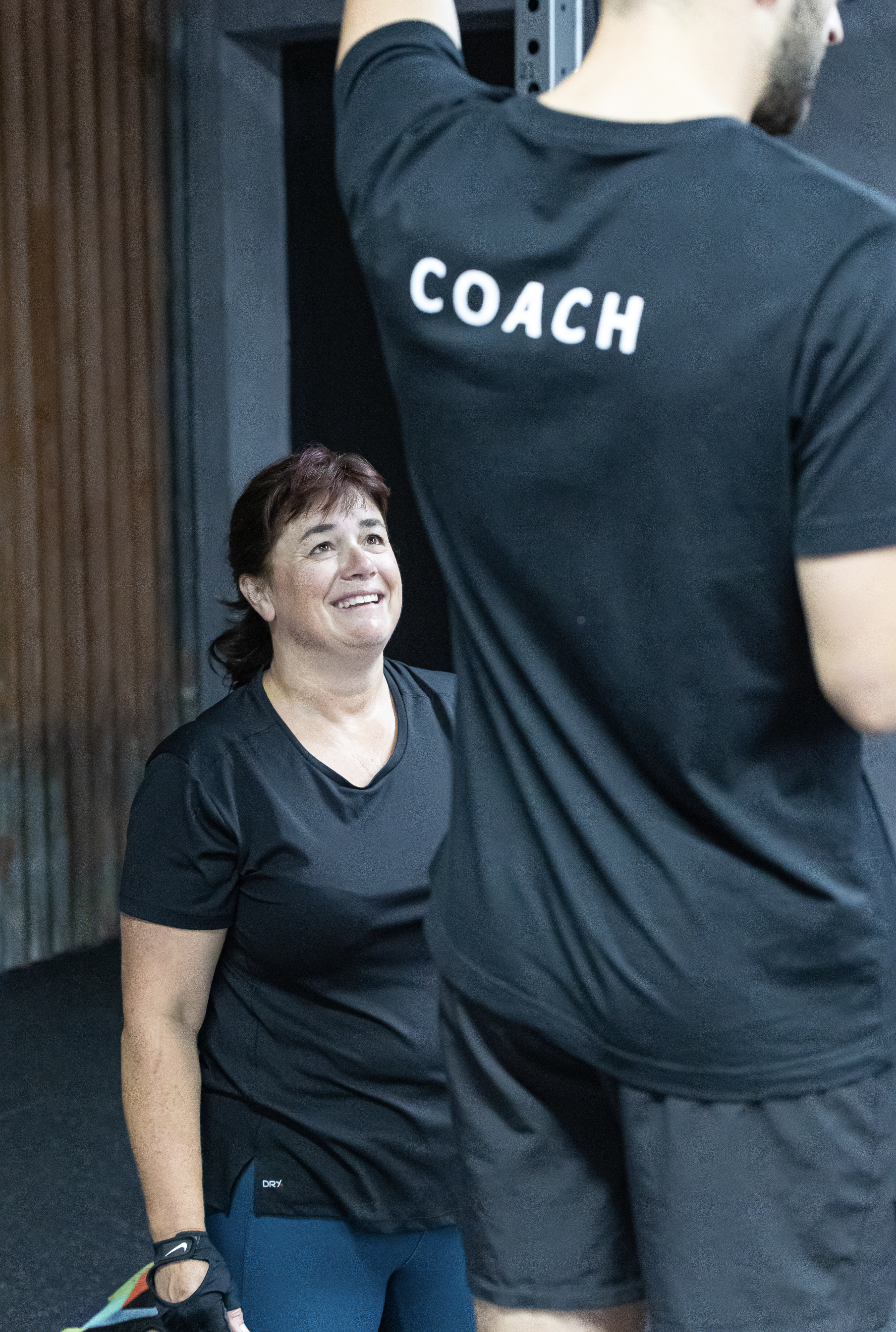1-2-1 PT vs SGPT
WHAT IS SGPT?
A question we get asked a lot, by both enquiring members and also other coaches in the industry is; “what is the difference between ‘small group personal training’ and ‘one-to-one personal training’.
Now, other than the obvious that is in the name - one is coached in a small group and the other is in a one-to-one environment, there are many similarities between the two.
‘Small group personal training’ (SGPT) is relatively new to the fitness industry in the last 5 years. Its purpose is to build relationships, create communities, and motivate people to exercise to promote a better, healthier lifestyle. Group training has been around for a long time in many different forms (boot camps, HIIT training, circuit classes) but the element of ‘personalised training’ in this style of training becomes diluted and is capped on progression and individual goals. Many argue that coaching anyone outside of a ‘one-to-one’ environment cannot be classed as ‘personal’ however this is very much not the case. Read on to see how SGPT can help you and very much be part of your life.
The main benefits of personalised training
There are many benefits of one-to-one coaching.
You have the coach all to yourself.
You know that the instructions you are receiving are based on your performance, goals, or ambitions.
You can often book in with a coach on your time scale, so it fits around work and family life. That coach understands your barriers and your worries and they'll help relate to that.
You develop a new and trusting relationship with a professional in the field and often feel safe that this coach will guide you through the battlefield of misinformation that the fitness industry can so often put you in.
So how does that differ from ‘small group personal training’? The fact of the matter is that it doesn't.
As long as you are being coached ‘small group’ at the right facility, absolutely none of this changes.
COMMUNITY
Why people matter to your progress
Small Group Personal Training is great at creating a community. You will be training with other people, just like you, who seek help and assistance with their training. You will aspire to be like others when you start, and you will soon be the inspiration for others when you've settled in. Ultimately we are all on the same journey. Consistent training with others also builds an underlying element of commitment. It’s noticed when you're not there - for the right reasons of course. So you feel responsible to train, at times when maybe you can be bothered. If you're committed to your training, you'll adhere to it. If you adhere to it, you’ll be successful.
EFFICIENCY
How to get more out of what you put in
In many scenarios, one-to-one coaching has an expiry on it. Sessions may become stagnant. The professional relationship can often become more personal due to the nature of being in each other's company multiple times a week. Small talk can start to get in the way of coaching and often the hour session is seen as nothing more than a catch-up between friends - don't get me wrong, this is sometimes needed, but this isn't why you went on the look for a personal trainer in the first place. In the small group environment, we can be a lot more efficient with our coaching. We spend time working on the bits that need attention, and we allow you some responsibility to grow confidence in your own ability too. You're not always needing to be wrapped up in cotton wool.
AVAILABILITY
Maintain a fitness structure to fit in with your busy lifestyle
Thanks to the ‘small group model’, the coaches will now have more availability to fit you in each week. A ‘one-to-one’ coach can see 20 people over 20 hours, whereas a Small Group Personal Training Coach can now see up to 24 people in just 4 hours. That's half a week’s worth of clientele in just a morning shift.
FUN
It’s what it’s all about
Training doesn’t have to be a chore and exercise doesn’t have to feel brutal. If you enjoy your training, you are far more likely to continue. There’s nothing worse than trying to motivate yourself to select exercises that you know you hate, especially the movements that are beyond your current capabilities. If you are sharing your experience with other people, your relationships not only encourage a sense of obligation but you enjoy it more, you’ll work that bit harder, and you have the incentive to keep going back.
WHAT ARE YOU WAITING FOR?
Reap the rewards of training - physically, emotionally and mentally. Enjoy your time exercising, learning fundamental skills, and having fun with like-minded people. You’ll see a greater return on investment if you are able to fit in regular sessions, feel a sense of community and know that in every session you can rely on a training plan that works.
Start your 30-day trial and see how these benefits could help you!

